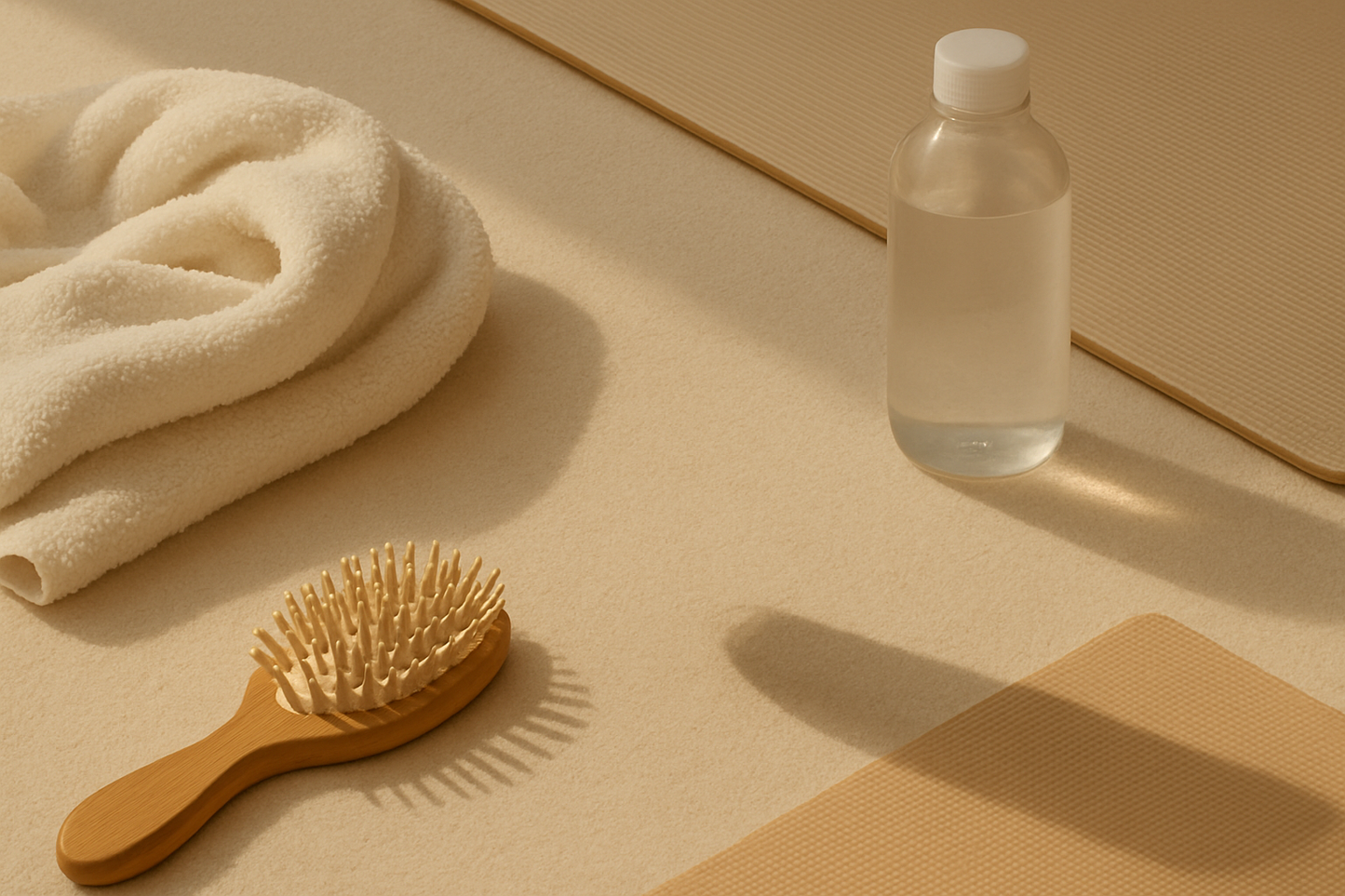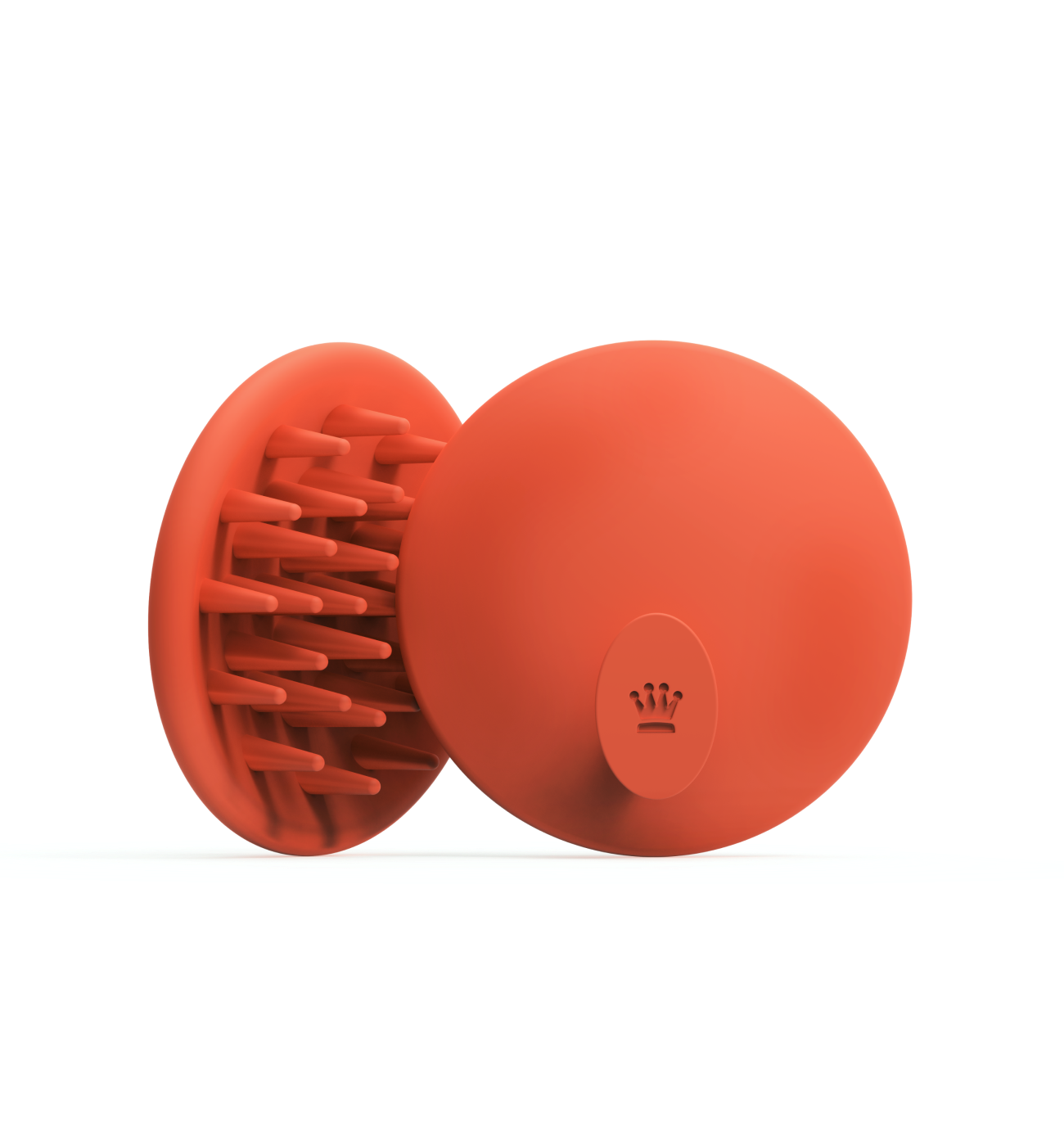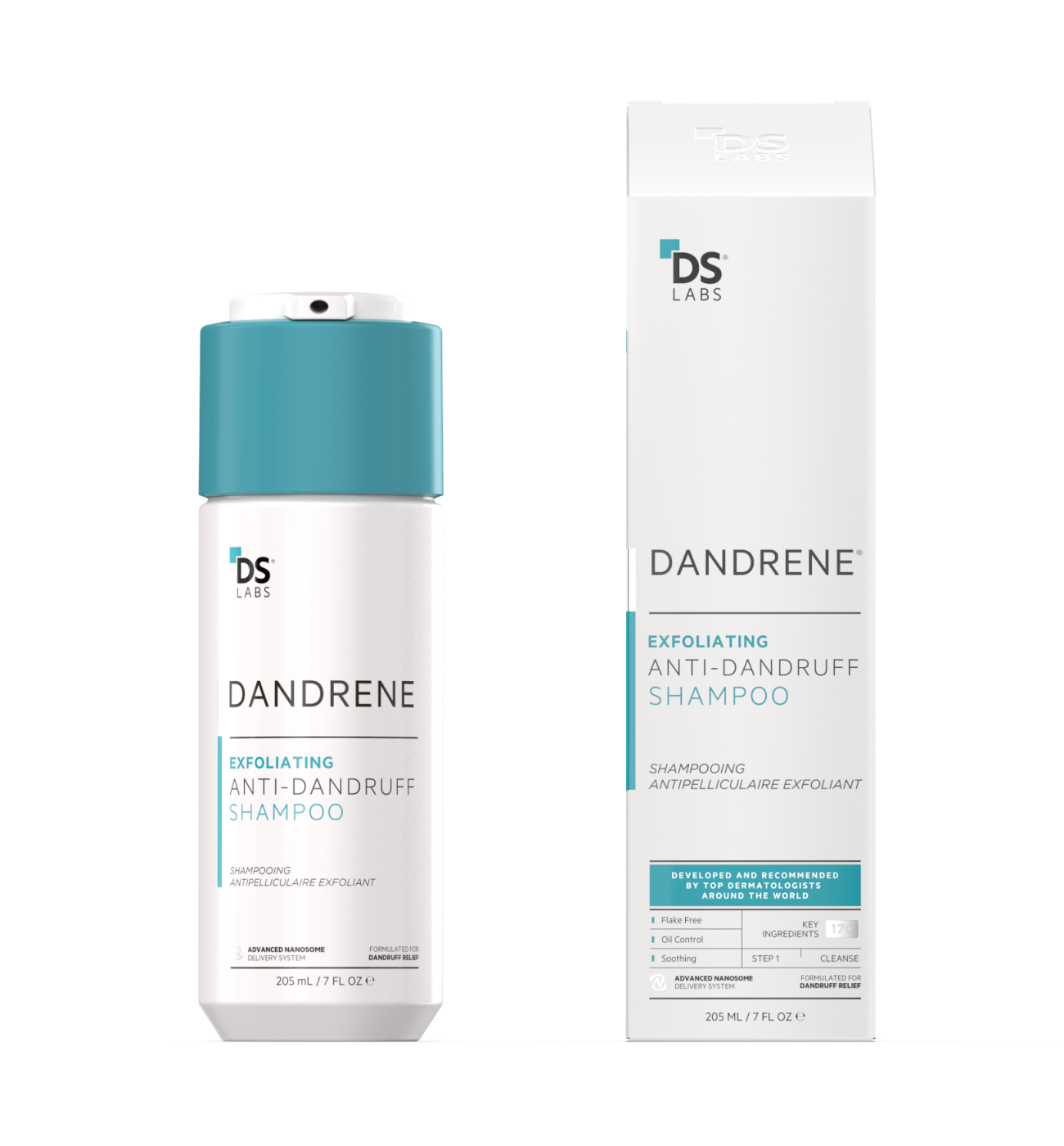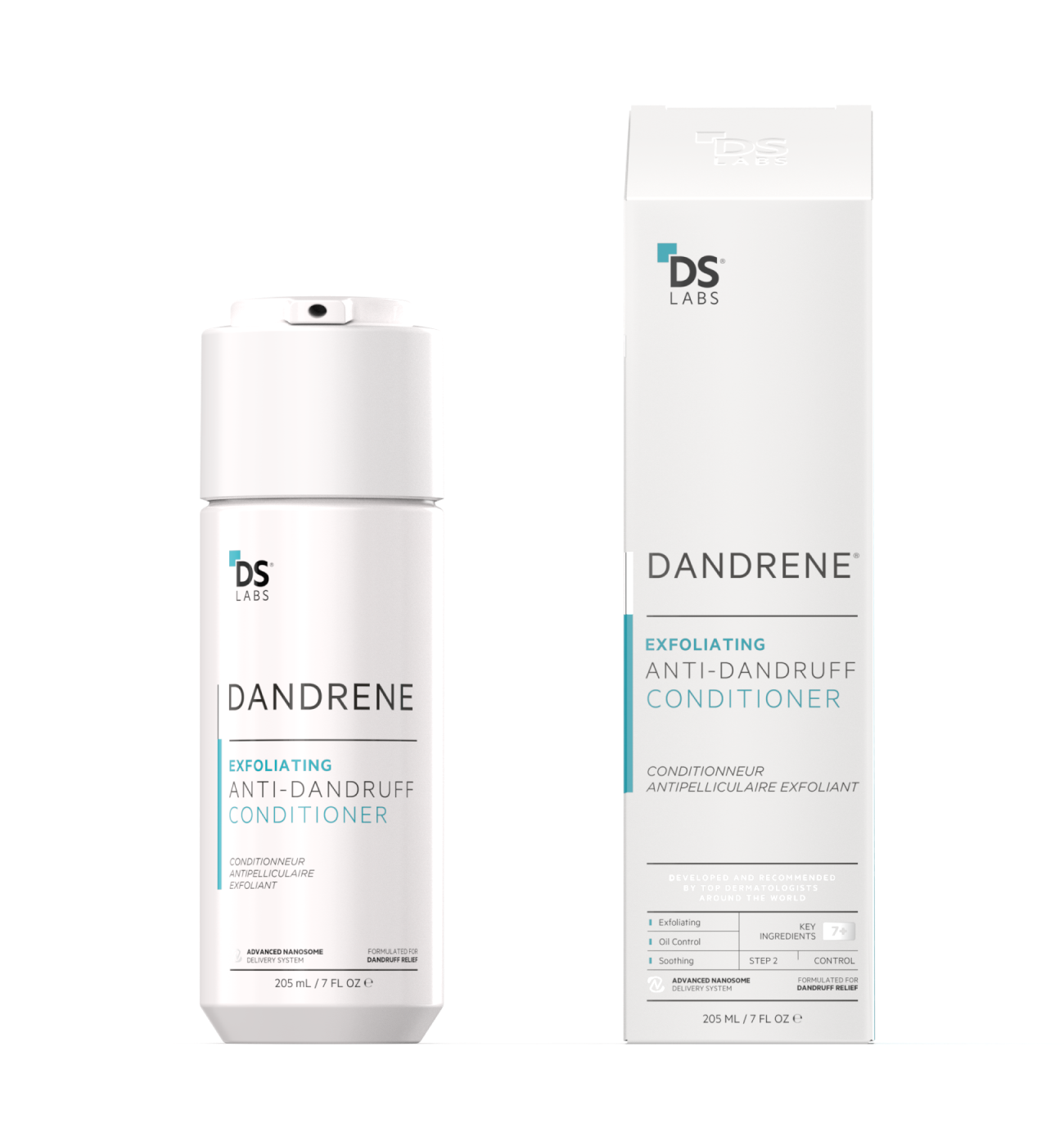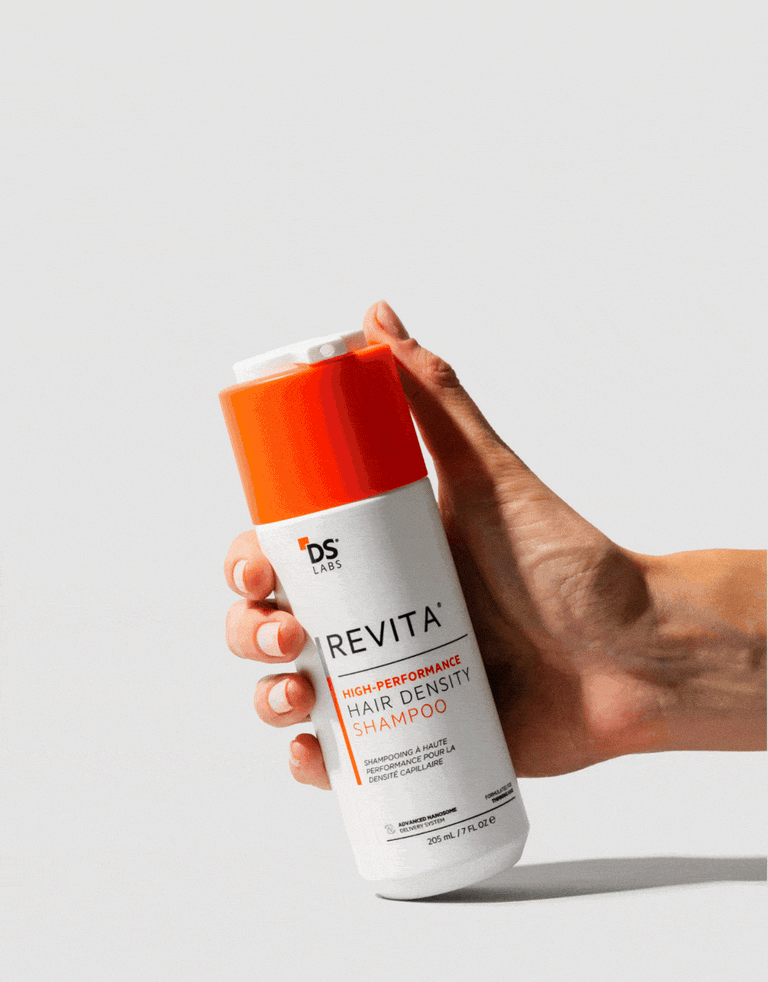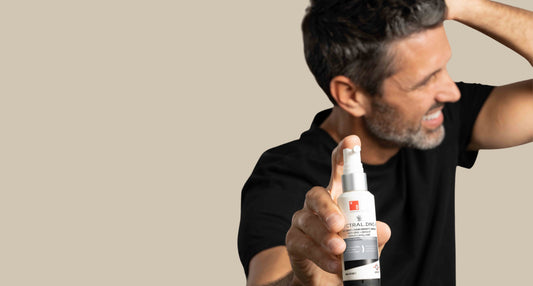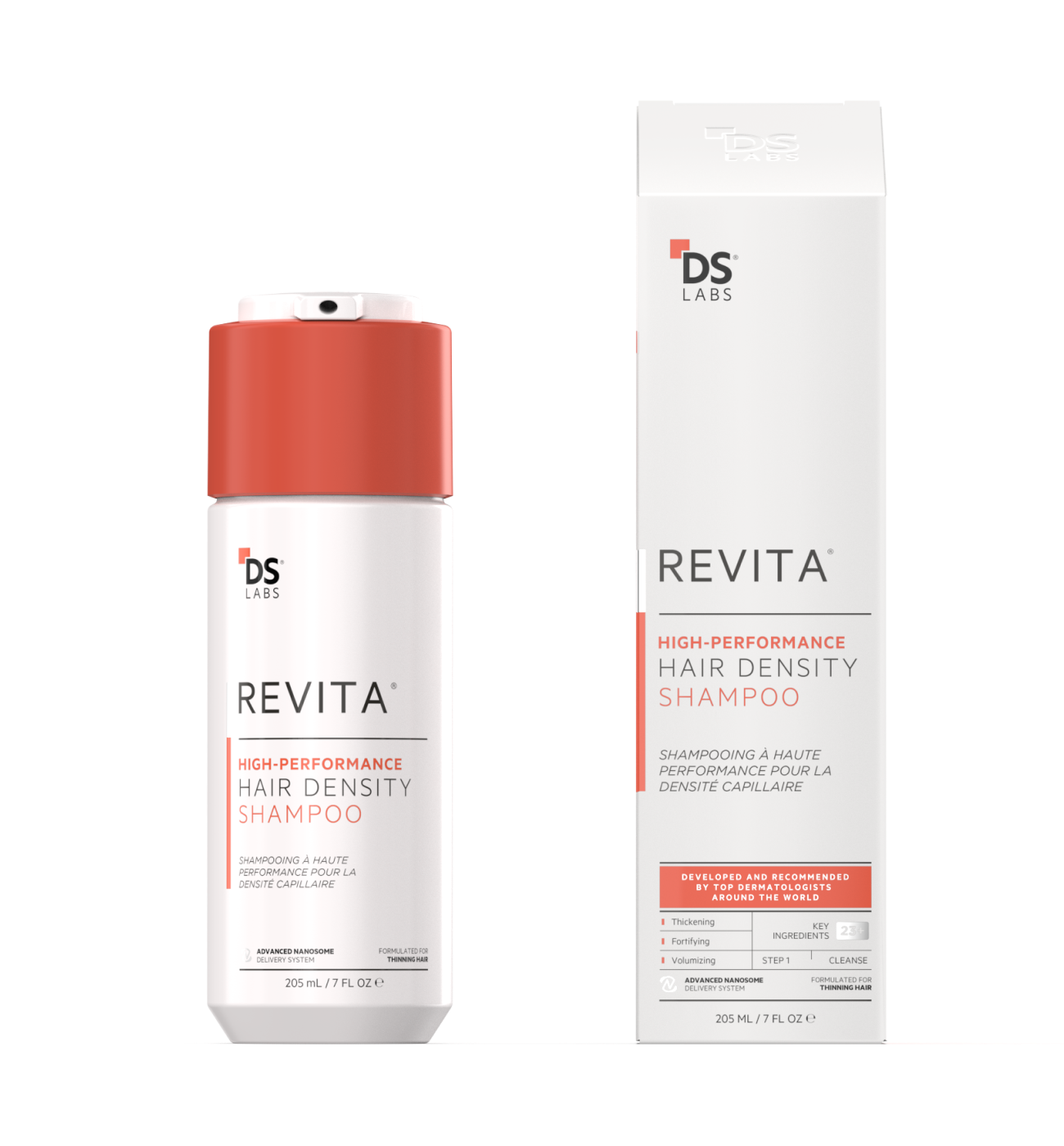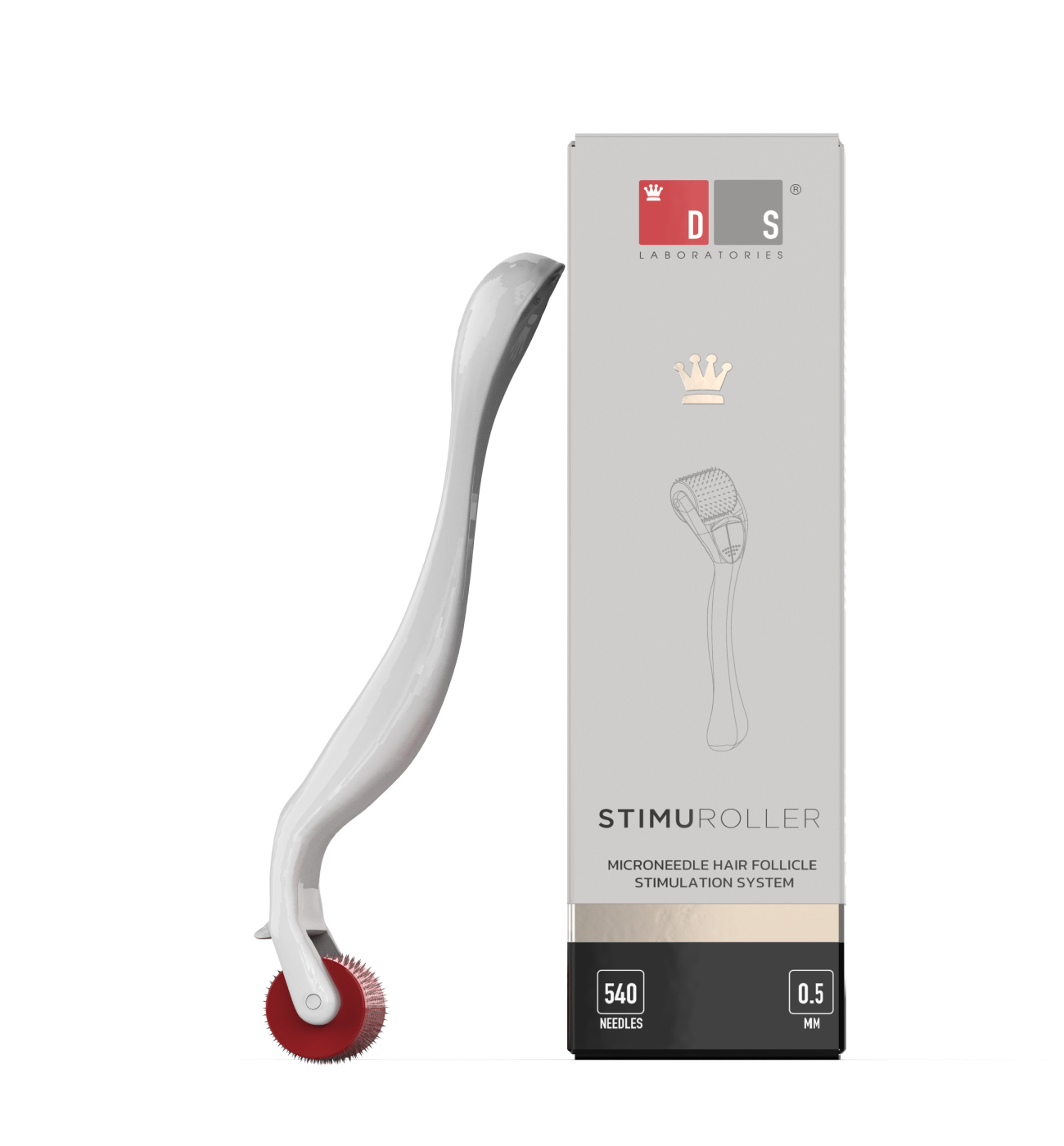The surprising ways your workout habits may be affecting your scalp and what to do about it.
Staying active is one of the best things you can do for your overall health — and yes, that includes your hair. Regular exercise helps regulate hormones, improve circulation, and reduce stress, all of which support a healthy scalp environment.
But certain gym habits can unintentionally create the opposite effect, leading to buildup, breakage, or even long-term hair thinning. Here’s how to keep your hair safe while staying fit:
1. Sweat: Good for Circulation, Bad if Left Untreated
Sweating during workouts helps detox your body and promotes blood flow to the scalp — which is great. But if sweat is left to sit on the scalp too long, it can mix with oil, bacteria, and dead skin cells, leading to clogged follicles and irritation.
🧼 Tip: Avoid letting sweat dry into your roots.
2. Tight Hairstyles Can Lead to Tension and Breakage
Tight ponytails, buns, or braids may be functional for workouts, but repeated tension can stress hair follicles — especially around the hairline. Over time, this can cause traction alopecia, a form of hair loss linked to mechanical stress.
🪢 Tip: Alternate your hairstyles and opt for loose, low-impact styles when possible. Use fabric-covered hair ties and avoid styles that pull in the same direction every day.
3. Hats & Helmets: Useful, But Not Always Scalp-Friendly
Wearing hats, sweatbands, or helmets during exercise can trap heat and moisture against your scalp. This creates a warm, damp environment that may lead to irritation, bacterial imbalance, or scalp fungus if not addressed.
🧢 Tip: Always clean gear regularly and give your scalp time to breathe after wearing anything tight. Let your hair fully dry before putting your headwear back on.
4. Overuse of Dry Shampoo Can Clog Follicles
Dry shampoo is popular for post-gym freshness — but relying on it too often (especially on a sweaty scalp) can cause residue buildup that clogs follicles and affects scalp health.
🥥 Tip: Think of dry shampoo as a short-term fix, not a long-term solution. Try to wash or at least rinse your scalp regularly to remove sweat, oils, and buildup.
5. Hydration & Nutrition Are Key for Hair Strength
Exercise increases your need for hydration and nutrients — especially B vitamins, iron, protein, and omega-3s, which all play a role in hair health. If your diet isn’t supporting your activity level, your hair may be one of the first places you notice it.
💧 Tip: Stay hydrated and fuel your body with balanced meals. Hair is a non-essential tissue, so your body will prioritize other functions if it’s undernourished.
Bottom Line:
Working out is good for you — and it can be great for your hair too. But like anything, balance and routine matter. Protect your scalp, stay mindful of daily habits, and give your hair the same post-workout care you give your muscles.


